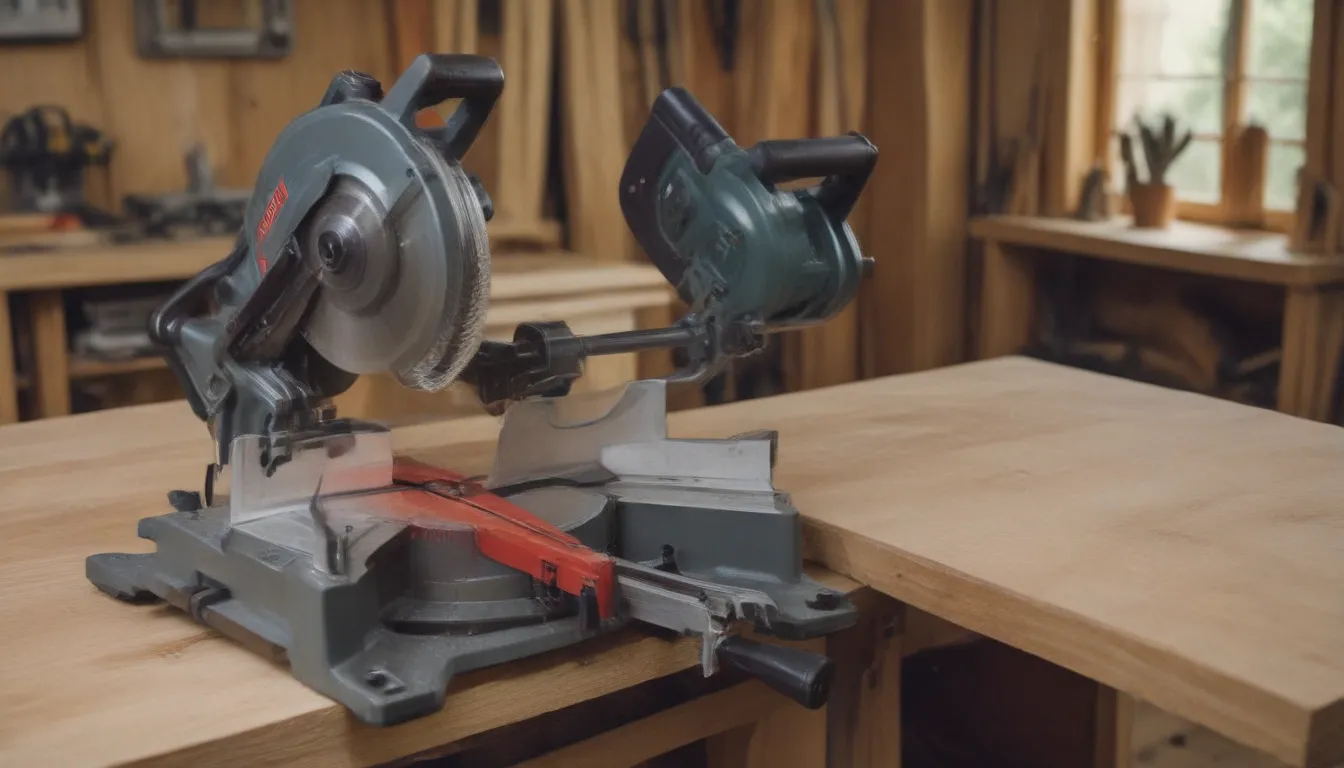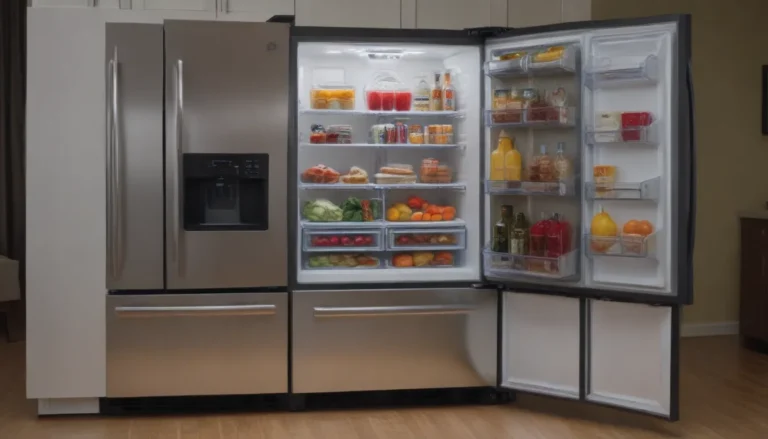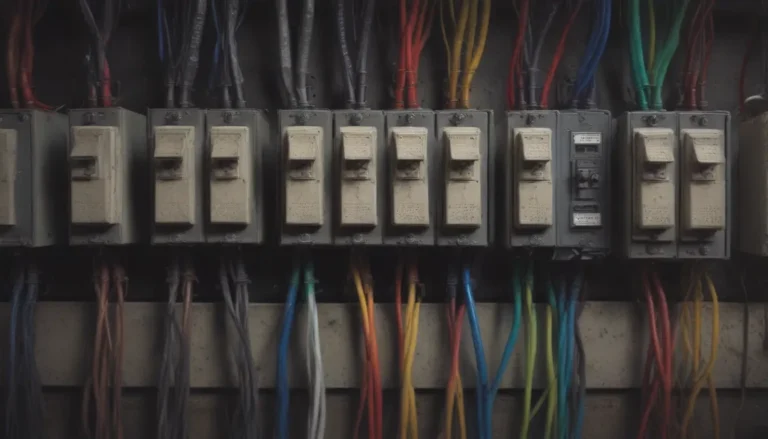Miter Saw vs. Table Saw: Choosing the Right Tool for Your Woodworking Projects

Are you a DIY enthusiast looking to upgrade your woodworking tools but unsure whether to invest in a miter saw or a table saw? Both tools have their own unique capabilities and strengths, so it’s essential to understand the differences between them before making a decision. In this comprehensive guide, we’ll break down the key disparities between miter saws and table saws to help you make an informed choice based on the specific needs of your projects.
Miter Saw vs. Table Saw: Major Differences
Let’s start by diving into the fundamental disparities between miter saws and table saws. A miter saw features a small base positioned beneath the saw blade, which is mounted on a moveable arm. This design allows users to bring the blade down onto the material for accurate crosscuts, beveled cuts, and angled or miter cuts. On the other hand, a table saw boasts a large table-sized base with a cutting blade protruding from the center. Users must feed the material through the blade to make cuts, offering versatility for a range of cuts like rip cuts, crosscuts, bevel cuts, and angle cuts.
Notable Differences:
- Miter Saw:
- Better for smaller pieces of wood and other material
- Makes precise, repeatable cuts with high accuracy
- Ideal for accurate crosscuts, angled, and beveled cuts
- Portable and less intimidating for beginners
-
Average cost of $300 to $1,000
-
Table Saw:
- Suited for larger sheets of wood and materials
- Makes moderately accurate cuts through material
- Excellent for long, accurate rip cuts
- Highly versatile, accommodating various cuts
- Average cost of $200 to $5,000
While a miter saw excels at precision cutting of smaller pieces, a table saw offers more versatility and capability to handle larger materials effectively. Consider the size and type of projects you typically work on to determine which tool suits your needs best.
Miter Saw vs. Table Saw: Material Size
When it comes to material size, miter saws are ideal for small, thin materials due to their narrow base and blade size ranging from eight to 12 inches. Some miter saws may have a sliding arm to accommodate longer cuts, but they are still better suited for smaller materials. On the other hand, table saws shine when working with long planks or large sheets of wood, thanks to their larger cutting capacity and stationary design that allows for feed cuts.
Miter Saw vs. Table Saw: Accuracy
Accuracy plays a crucial role in woodworking projects, especially when working on intricate angles or precise cuts. Miter saws are known for their unparalleled accuracy, making them perfect for jobs that demand high precision. With a miter saw, you can set the blade position and simply lower it onto the material for consistent and error-free cuts. Table saws, while versatile, rely more on the user’s skill to ensure accuracy, particularly when making crosscuts or rip cuts. To enhance accuracy when using a table saw, consider using guides or jigs to maintain precision.
Miter Saw vs. Table Saw: Rip Cuts
Rip cuts, which involve cutting along the length of the wood, are best accomplished with a table saw. The design of miter saws isn’t conducive to rip cuts, as their blades are positioned for crosscuts and angled cuts. Table saws, equipped with rip fences, excel at making long, straight rip cuts through planks or sheets of material, making them the go-to choice for such tasks.
Miter Saw vs. Table Saw: Crosscuts
Crosscuts, made across the width of the material, are a common woodworking task that can be efficiently handled by both miter saws and table saws. Miter saws, with their blade orientation and base design, are especially adept at making accurate crosscuts quickly and effectively. Table saws can also perform crosscuts, though the user’s skill level plays a significant role in maintaining accuracy. Consider using a crosscut sled or jig with a table saw to improve stability and precision for crosscuts.
Miter Saw vs. Table Saw: Angled and Bevel Cuts
When it comes to angled and bevel cuts, miter saws are the preferred tool for precise and repeatable cuts. Miter saws, specifically designed for angled or miter cuts, offer superior accuracy for creating intricate angles. Table saws, while capable of making both angled and bevel cuts, may require additional accessories or expertise to achieve the same level of precision as a miter saw. Advanced woodworkers can tackle bevel cuts on a table saw, but it’s a challenging task that may not be suitable for beginners.
Miter Saw vs. Table Saw: Portability
Portability is a key consideration for DIYers who need to transport their tools to different job sites or workshops. A miter saw, weighing between 30 to 40 pounds, is relatively lightweight and portable, thanks to its compact design and lockable arm. Users can easily transport a miter saw in a car or truck for on-the-go projects. In contrast, table saws are bulkier and heavier, often exceeding 200 pounds, making them less portable. Some table saws feature wheeled stands for added mobility, but they are still less convenient to move around compared to miter saws.
Miter Saw vs. Table Saw: Versatility
Versatility is another crucial factor to consider when choosing between a miter saw and a table saw. Miter saws offer versatility in making crosscuts, angled cuts, and bevel cuts with remarkable accuracy. However, table saws take versatility a step further by accommodating a wide range of cuts, including rip cuts, crosscuts, bevel cuts, angled cuts, and more. By using specific accessories like guides or jigs, users can enhance the versatility of a table saw for various woodworking tasks.
Miter Saw vs. Table Saw: Cost
Cost is often a deciding factor when investing in woodworking tools. Miter saws are generally more affordable, making them an attractive option for beginners or DIY enthusiasts on a budget. Expect to pay between $300 to $1,000 on average for a quality miter saw. In contrast, table saws vary in price from $200 to over $5,000, depending on the features, size, and brand. While table saws may require a higher initial investment, their versatility and capabilities justify the cost for serious woodworkers or professionals.
In conclusion, both miter saws and table saws have their unique strengths and capabilities, making them essential tools for woodworking projects. While miter saws excel at precise crosscuts and angled cuts, table saws are indispensable for long rip cuts and versatile cutting tasks. By understanding the key differences between these two tools, you can make an informed decision based on your woodworking needs, skill level, and project requirements. Whether you choose a miter saw or a table saw, both tools offer valuable functions that can enhance your woodworking skills and creativity. Choose the tool that aligns with your preferences, projects, and budget to elevate your woodworking experience.





